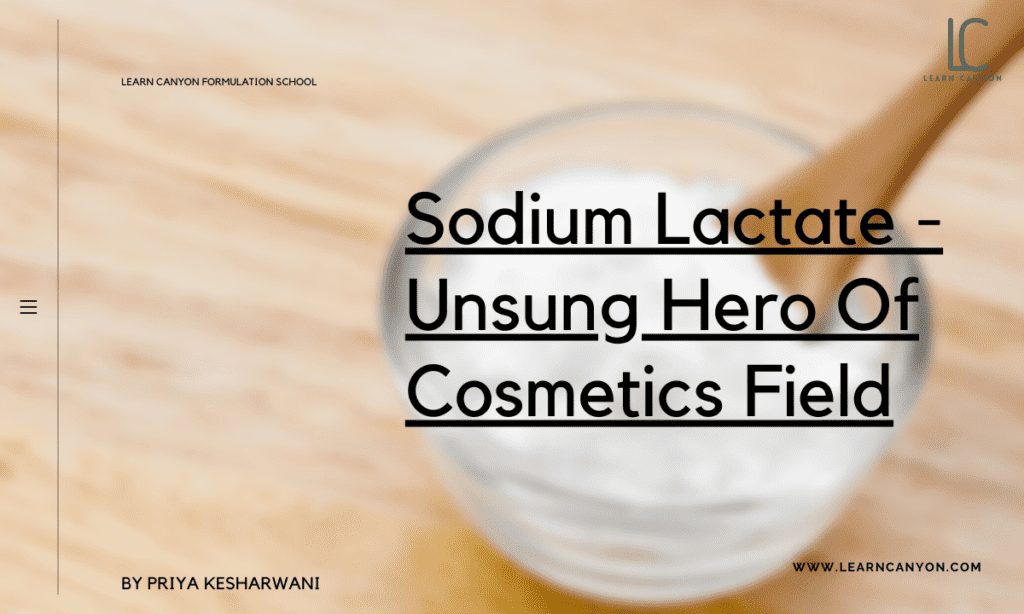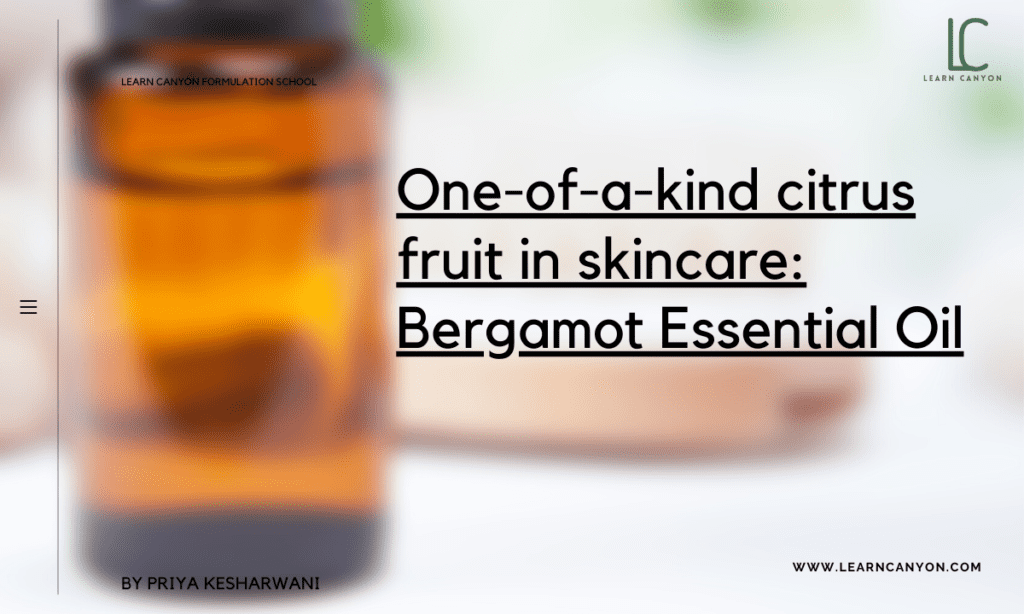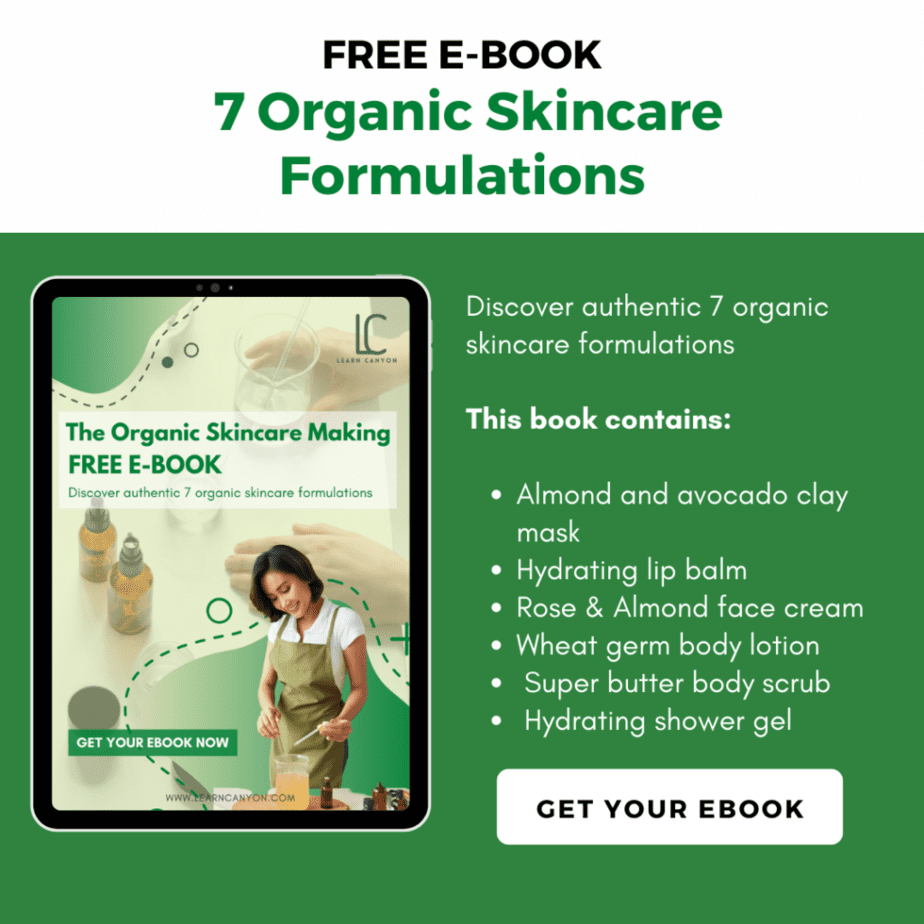
Lecithin: An excellent skin conditioner

Lecithin
Soybeans offer a long list of health benefits, including the capacity to boost metabolism, fight cancer, and alleviate the symptoms of menopause, among others. But what if you’re not a fan of them?
Now, I’d like to introduce you to one of the most helpful and safe ingredients in cosmetics. In terms of home cosmetics, lecithin is rarely mentioned. Despite this, it’s found in a lot of commercial cosmetics. Because it is fully natural and may be applied to almost anyone’s skin, lecithin is a very significant chemical. You’ve probably heard about the health benefits of lecithin.
In skin-care products, lecithin is rarely mentioned. Now we’ll look into lecithin’s skin-care properties. How can you use lecithin into your cosmetics to provide nourishing, moisturising, and protective properties?
What Is Lecithin?
Lecithin is a type of lipid made up of fatty acids. It can take the form of a waxy mass or a pourable liquid, and it can be found in a variety of living organisms. Lecithin-rich foods include corn, egg yolks, and soybeans.
Lecithin is a waxy, thick substance that is soluble in both water and fat. In addition to choline, lecithin contains linoleic acid, alpha-linolenic acid, glycerol, and trace amounts of biotin.
| What is it? | Egg yolks, soybeans, and sunflower seeds all contain lecithin, which is a lipid mixture. The exact composition of lecithin varies depending on its source. |
|---|---|
| INCI | Lecithin |
| Appearance | Dark Orange to Brown Viscous Liquid |
| Texture | Waxy granules or a smooth, viscous, syrupy liquid. |
| Recommended Usage | 1.0-4.0% |
| Solubility | Insoluble in cold water |
| Melting point | 236.1 deg C |
| Boiling point | NA |
| pH | 7 |
| Aroma | Nutty aroma |
| Why do we include it in formulations? | In formulations, lecithin serves as a stabilising agent, thickener, and surfactant. Anhydrous lip balms with lecithin have a wonderful creamy consistency. It has a truly peculiar viscosity that is gooey, silky smooth, and sticky in high doses. |
| How to work with it? | It can be used as a co-emulsifier or added to the oil phase of your composition. As a co-emulsifier, it should be used. Add to the oil phase for oil-in-water emulsions. Add to the water phase for water in oil emulsions. |
| Applications | In formulations, lecithin can be used for a variety of purposes. Because lecithin is a good emollient and occlusive, it's ideal for products for excessively dry skin and lips. |
| Absorption rate | Very slow. |
| Strength | A superb multi-purpose emollient and occlusive that is also good for the skin. |
| Weaknesses | Some substances are more difficult to come by than others. |
| Substitution | Lanolin and caster oil |
| How to store it? | Stored in a cool, dark and dry place. |
| Shelf life | The shelf life of lecithin is two years. |
Fun Fact
| Type of ingredient | Emollient, emulsifier, and penetration booster all in one. |
|---|---|
| Main benefits | Skincare and cosmetic formulas using lecithin provide a better texture and feel. It also functions as a protective barrier for the skin. |
| Who should use it | All skin types, with the exception of individuals who have a known allergy to it. |
| How often can you use it? | Lecithin is a skin conditioner and emulsifier. |
| Works well with | Works well with a wide range of ingredients. |
| Doesn't work with | Most, if not all, substances are safe to combine with lecithin. |
| How to use | It can be added to the oil phase of your formula or used as a co-emulsifier. |
Mechanisms of action
Lecithin is an emollient that softens and soothes the skin when applied topically. Its high fatty acid content forms a skin barrier that effectively seals in moisture while keeping air and other environmental pollutants out. Lecithin is a great ingredient to use in restorative creams or lotions for older, dry, or overworked skin because of this feature. Furthermore, because of its emollient characteristics, lecithin is frequently used in hair conditioners and other hair products.
Benefit of the Lecithin
Lecithin has the incredible and one-of-a-kind ability to permeate deeply into the skin without leaving a greasy film, allowing the product to soak into the skin cells and bloodstream for maximum benefits.
- Lecithin is a component of the skin that occurs naturally. As a result, lecithin is a wonderful substance for skin care.
- Lecithin helps to strengthen the skin’s natural defences. It aids the skin’s resistance to external stimulation.
- Lecithin is a humectant, which means it helps the body retain moisture. It absorbs water and hydrates the skin. Because of the hydrophilic, water-attracting feature of lecithin, the skin is suitably moisturised.
- Because of its high linoleic acid content, lecithin also aids in the moisture retention of the skin. It has the ability to collect as well as hold moisture.
- Lecithin changes the structure of the skin by allowing active substances to penetrate deeper into the skin. Indeed, medicines are routinely transported deeper into the epidermis through lecithin.
- Lecithin acts as an antioxidant to protect the skin from the ravages of ageing.
Side effects of Lecithin
Soy lecithin is commonly regarded to be gentle on the skin. Skin rashes, redness, swelling, and other allergic reactions can occur in some people with sensitive skin. Lecithin should not be used if you have any major medical issues.
How to use it in formulation?
It’s tough to work with lecithin as an emulsifier. The problem is that in both water and oil, it takes a long time to dissolve. Grinding aids in the dissolution of lecithin granules. You can use liquid lecithin immediately away.
Oil should be used to dissolve lecithin.
Despite the fact that lecithin may be dissolved in both oil and water, I prefer to do it in the former. I tried a variety of methods for creating lecithin creams. It’s a lot easier to get the right result if you dissolve the lecithin in oil first, then add the liquid. A lot of whipping is required to make the emulsion. It is suggested that you use a (electric) mixer.
Boiling water is the best option for Lecithin emulsified creams.
Lecithin is a delicate emulsifier that doesn’t always get along. I was able to dissolve the emulsion by just adding a few drops of preservative to it.
Work well with other ingredients
Lecithin is used in a number of cosmetics due to its emulsifying capabilities. On the other hand, lecithin has numerous skin-care benefits. On the other hand, the relevance of lecithin is rarely emphasised. Lecithin works best in creams that include a lot of oil.
It’s commonly combined with thickeners and emulsifiers. When additional emulsifiers and thickeners are added to lecithin, the emulsion becomes more stable. In nourishing creams, lecithin is a good component. Lecithin works best as an emulsifier in mixtures with equal amounts of oil and water.
You won’t be able to make a light cream with lecithin unless you utilise other emulsifiers. Lecithin can also be mixed with beeswax or vegetable butter. This improves product stability organically while avoiding the use of chemicals.



